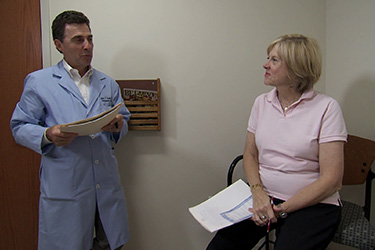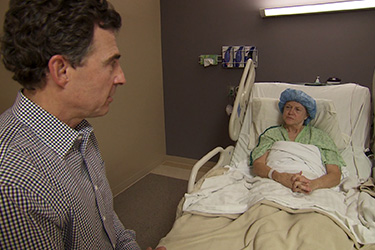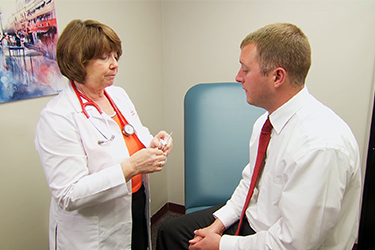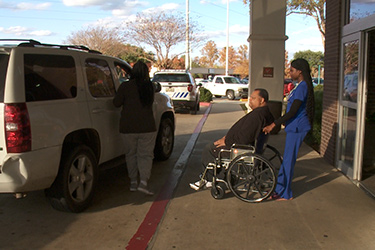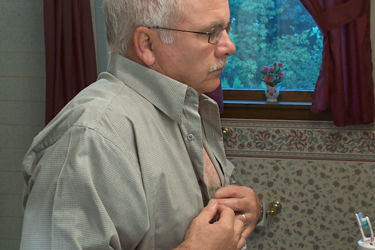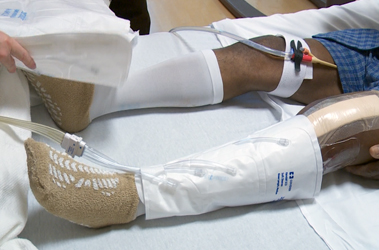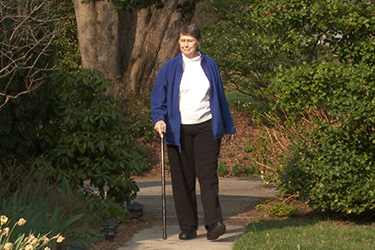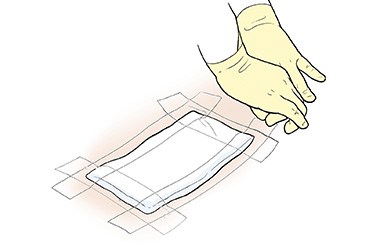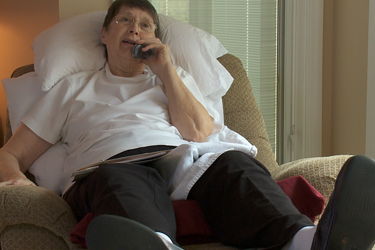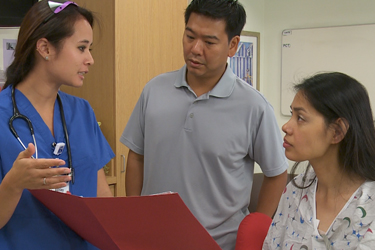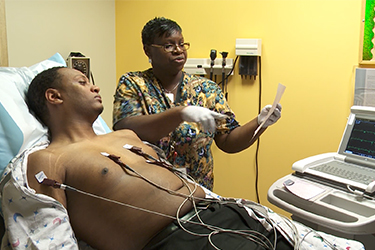At Stony Brook University Hospital, Enhanced Recovery After Surgery (ERAS) is a comprehensive care approach that incorporates best practices when you're undergoing surgery. This means using the most up to date information to prepare you for surgery, improve your recovery and get you back to your daily routines sooner.
Our multi-disciplinary team (including anesthesiologists, surgeons, nurse practitioners, physicians, assistants, nurses, pharmacists and social workers) optimizes the care of surgical patients before, during and after your procedure. Overall, ERAS pathways result in higher patient satisfaction, shorter hospital stays and less readmissions to the hospital.
We currently have the following active ERAS surgical pathways at Stony Brook University Hospital, and are continuously adding more:
- Joint replacement (hip/knee)
- Colorectal
- Lumbar fusion
- Surgical oncology (pancreas/liver)
- Cystectomy
- Bariatric
- Gynecology (Gynecological oncology, Minimally invasive gynecology, Urogynecology)
- Cesarean Section
- Thoracic surgery (in development)
- Vascular and Endovascular surgery (in development)
Our dedicated team is here to assist you. For any questions you may have, visit our FAQ page or call (631) 444-1880.
For more information about the ERAS program within the Renaissance School of Medicine at Stony Brook University, visit our webpage.
Preparing for Surgery Videos
Your Surgery: How to Prepare
Watch this to know how you can prepare at home before surgery./p>
Your Surgery: What to Expect at the Hospital
Watch this to know what to expect on the day of your surgery and for the remainder of your hospital stay.
Preventing Surgical Site Infections
After surgery, it's very important to guard against infection, especially at the site of the incision, or surgical wound. This program will teach patients signs of infection to watch out for and what they can do to help prevent infection after surgery.
Preparing for Surgery: CHG Skin Cleanser (Soap, Shower)
Before you have surgery, you may be asked to wash your skin with a soap containing a chemical called CHG (chlorhexidine gluconate). This antiseptic eliminates many of the germs on your skin. It keeps your surgical site clean and free from infection. This video shows basic CHG showering directions. To get the full benefit, follow the directions for the specific soap you are asked to use.
Your Surgery: Recovery
Watch this to understand your recovery from surgery at home, including pain management and signs of possible complications after your surgery.
Going Home after your Surgical Hospital Stay
What is a Discharge Plan?
Learn the importance of receiving and understanding the instructions you should follow after you leave the hospital.
Incision and Wound Care
Learn these guidelines to care for your surgical site or wound.
Preventing DVT in the Hospital
See how your healthcare team will work with you to reduce your chances of developing deep vein thrombosis in the hospital.
Preventing DVT After Hospital Discharge
Watch what you can do to help prevent deep vein thrombosis while you recover at home.
Step-by-Step: Changing a Surgical Wound Dressing
Here are the steps for changing a surgical wound dressing.
Returning to Activity
See how the activity guidelines in your discharge plan can improve your recovery.
Preventing Infections at Home
Watch this video to learn simple strategies to help prevent the spread of germs and infection during your at-home recovery.
Preparing for Your Heart Surgery
Learn what you need to do in preparation for your heart surgery.



